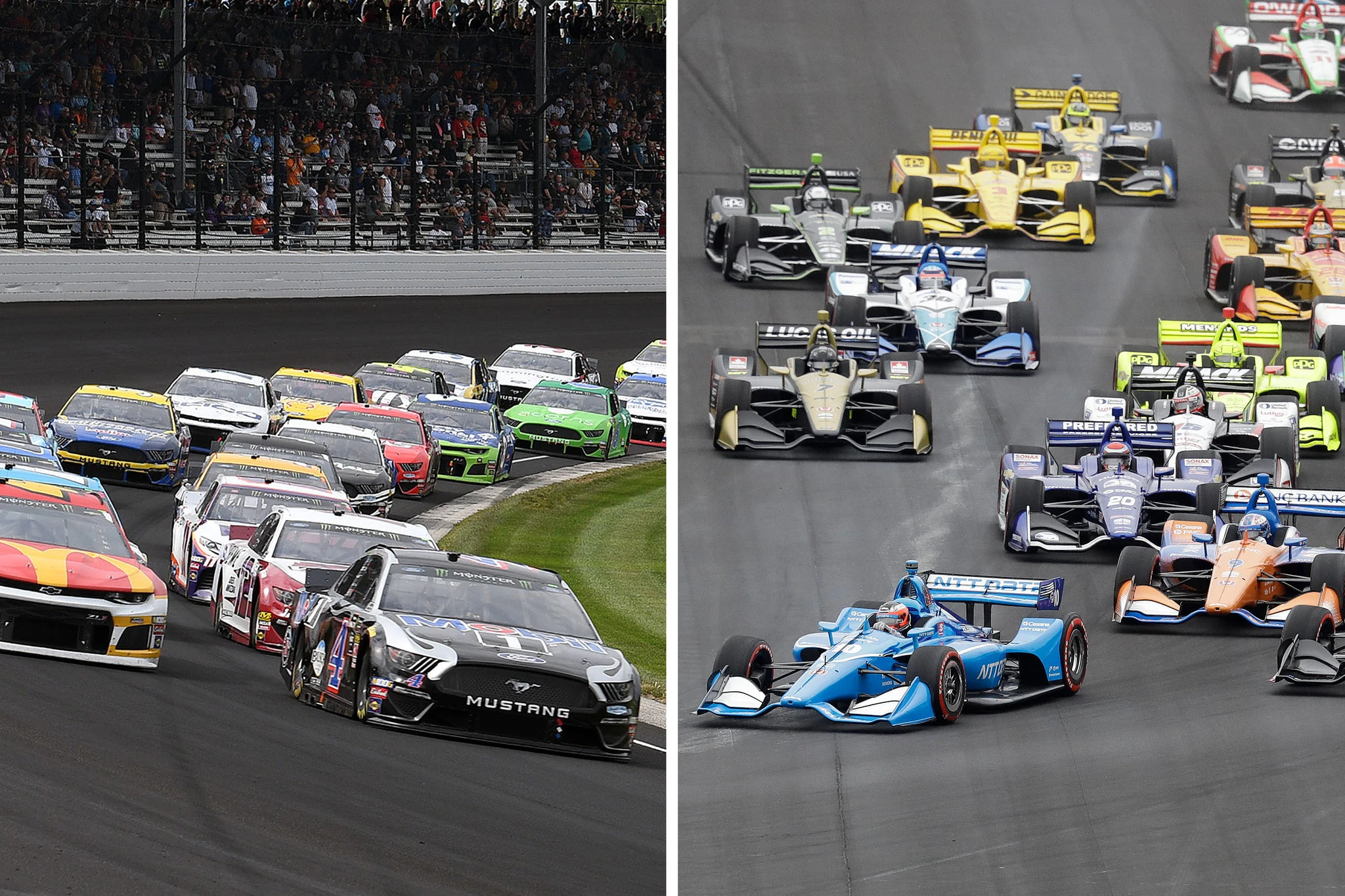Open wheel and closed wheel racing are two distinct categories in the world of motorsports. While both involve high-speed competition on racetracks, they differ significantly in terms of vehicle design, handling characteristics, and racing strategies. Let’s delve deeper into the differences between open wheel and closed wheel racing.
Open Wheel Racing
Open wheel racing refers to a form of motorsport where the wheels of the vehicles are exposed, meaning there are no fenders or bodywork covering the wheels. This design allows for better aerodynamics, reduced weight, and increased agility. Open wheel vehicles typically have a single-seater cockpit, with the driver positioned in the center of the car. Examples of open wheel racing include Formula 1, IndyCar, and Formula E.
Closed Wheel Racing
Closed wheel racing, on the other hand, involves vehicles with enclosed wheels, meaning the wheels are covered with fenders or bodywork. This design provides better protection to the wheels and often includes a passenger seat or space for multiple occupants. Closed wheel racing includes various categories such as touring car racing, GT racing, and sports car racing, with notable examples being NASCAR, Le Mans 24 Hours, and the World Endurance Championship (WEC).
Handling Characteristics
One of the key differences between open wheel and closed wheel racing lies in the handling characteristics of the vehicles. Open wheel cars are generally lighter, have a higher power-to-weight ratio, and feature advanced aerodynamics, allowing them to achieve higher speeds and cornering capabilities. They are built for precision and maneuverability, demanding quick reflexes from the drivers to navigate tight turns and execute precise overtaking maneuvers.
Closed wheel cars, on the other hand, are comparatively heavier due to the additional bodywork and passenger compartments. They have a different aerodynamic profile and often prioritize stability and endurance over pure agility. The enclosed design provides better protection to the wheels, reducing the likelihood of wheel-to-wheel contact and potential accidents. The driving style in closed wheel racing often involves drafting, strategic overtaking, and managing tire wear over longer race distances.
Difference in Race Strategy
In terms of racing strategies, open wheel and closed wheel racing differ significantly. In open wheel racing, due to the lighter weight and higher power-to-weight ratio, drivers can make more aggressive maneuvers and rely on aerodynamic effects, such as slipstreaming and utilizing DRS (Drag Reduction System), to gain a competitive advantage. Overtaking opportunities are more frequent, and races often feature wheel-to-wheel battles and thrilling overtaking maneuvers.
Closed wheel racing, on the other hand, may involve a different set of strategies. Due to the heavier and less agile nature of closed wheel cars, drafting and slipstreaming play a crucial role in overtaking. Races tend to be longer, requiring careful tire management and fuel strategies. Pit stops for tire changes, refueling, and driver changes are common in closed wheel racing, contributing to the overall strategy and outcome of the race.
Exposure of Drivers
Another significant distinction between the two racing styles is the visibility and exposure of the drivers. In open wheel racing, the driver is more exposed, providing a clear view of the driver’s actions and expressions. This adds to the spectator experience and allows fans to connect with the drivers on a more personal level. In closed wheel racing, the driver’s visibility may be limited due to the enclosed cockpit, making it harder to observe their actions and reactions during the race.
In conclusion, open wheel and closed wheel racing differ in terms of vehicle design, handling characteristics, racing strategies, and driver visibility. Open wheel racing emphasizes agility, precision, and high-speed maneuvering, while closed wheel racing prioritizes stability, endurance, and strategic overtaking. Both categories offer unique thrills and challenges, captivating motorsport fans worldwide with their distinctive qualities.
Explore more articles about auto racing.
More about different racing styles on YouTube.
